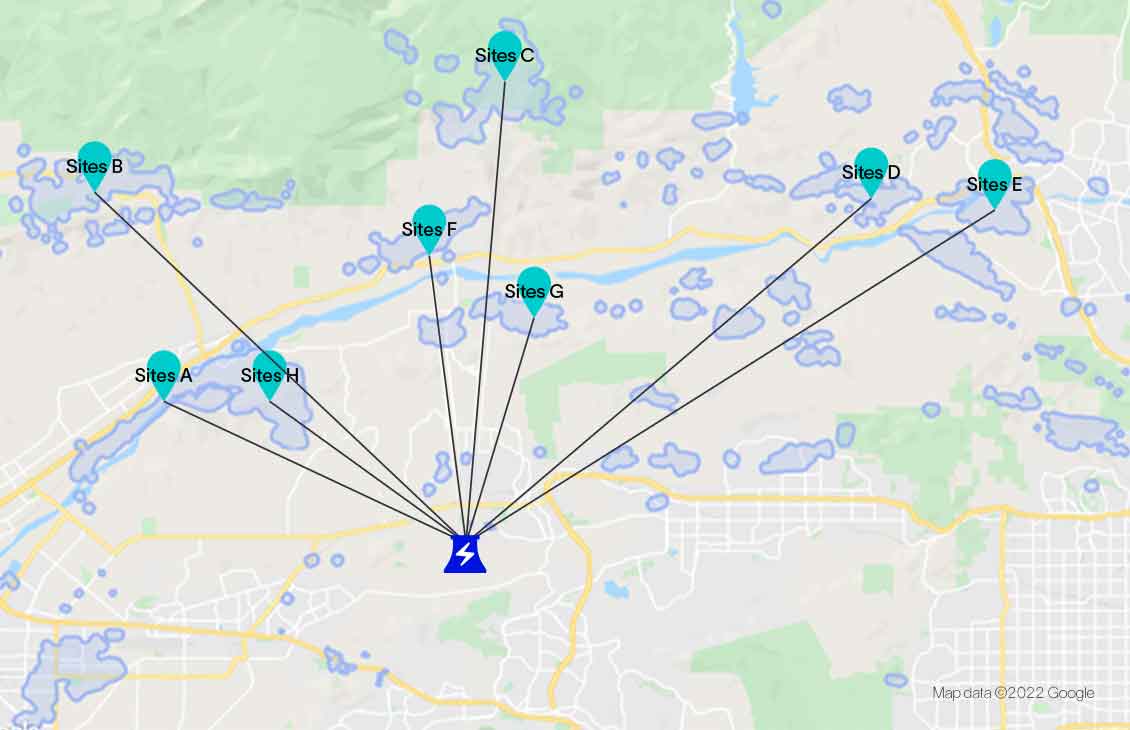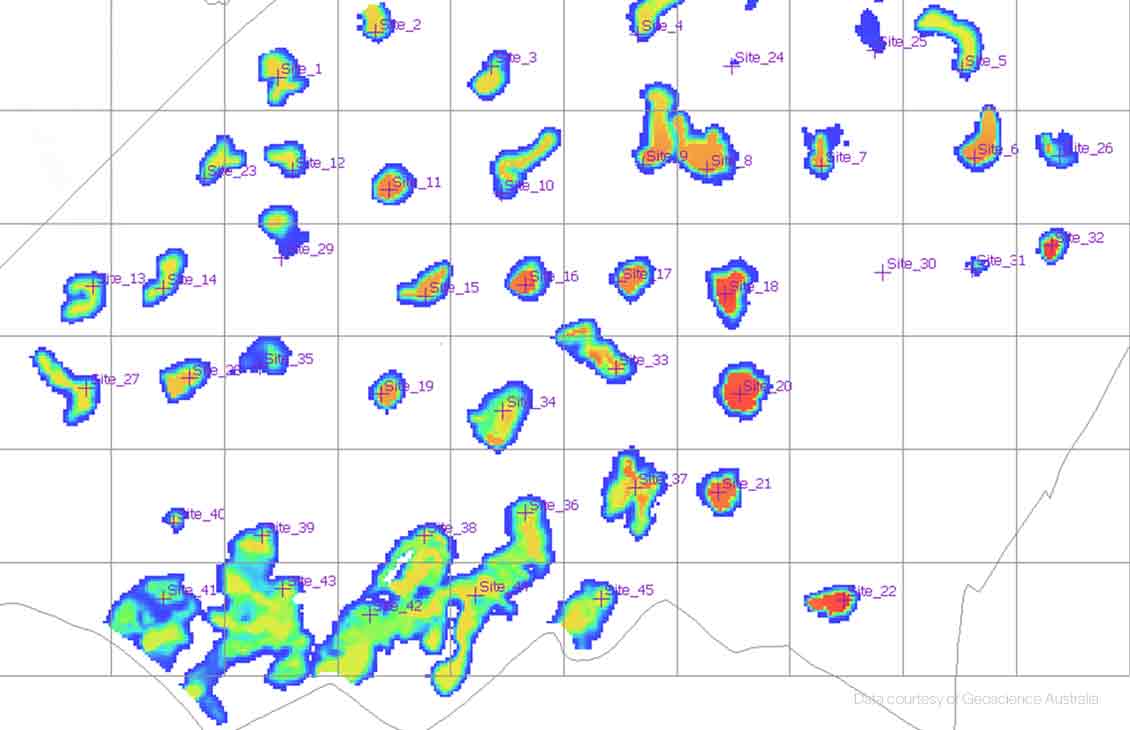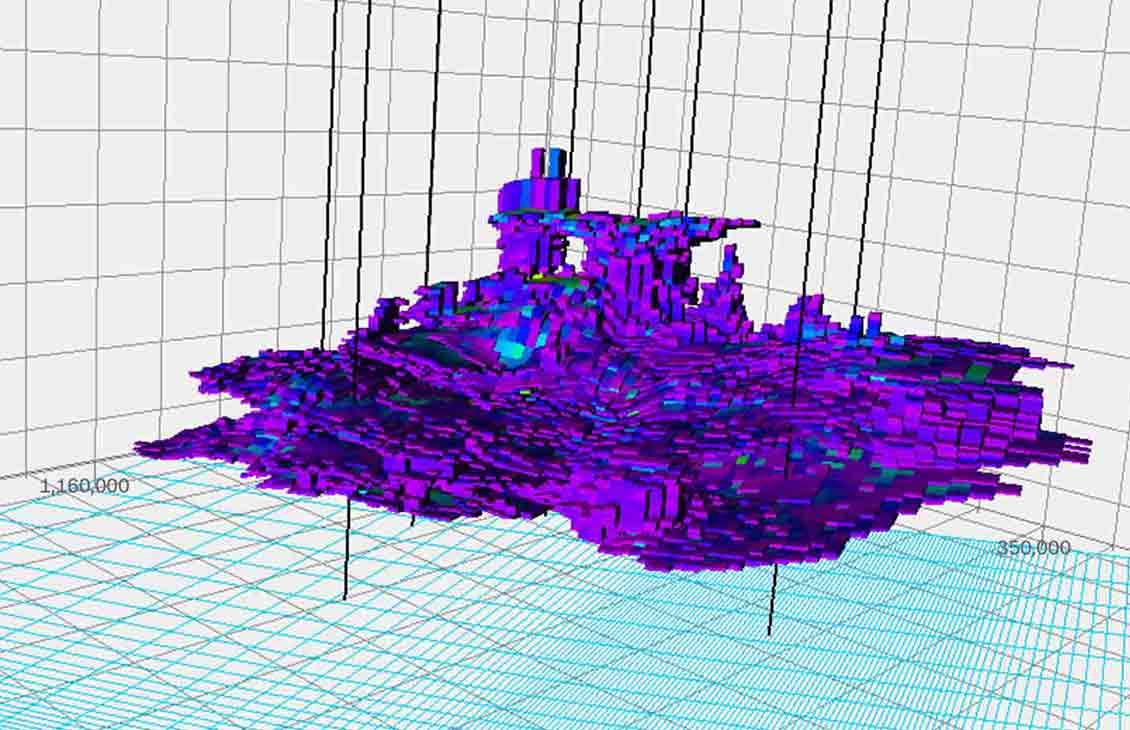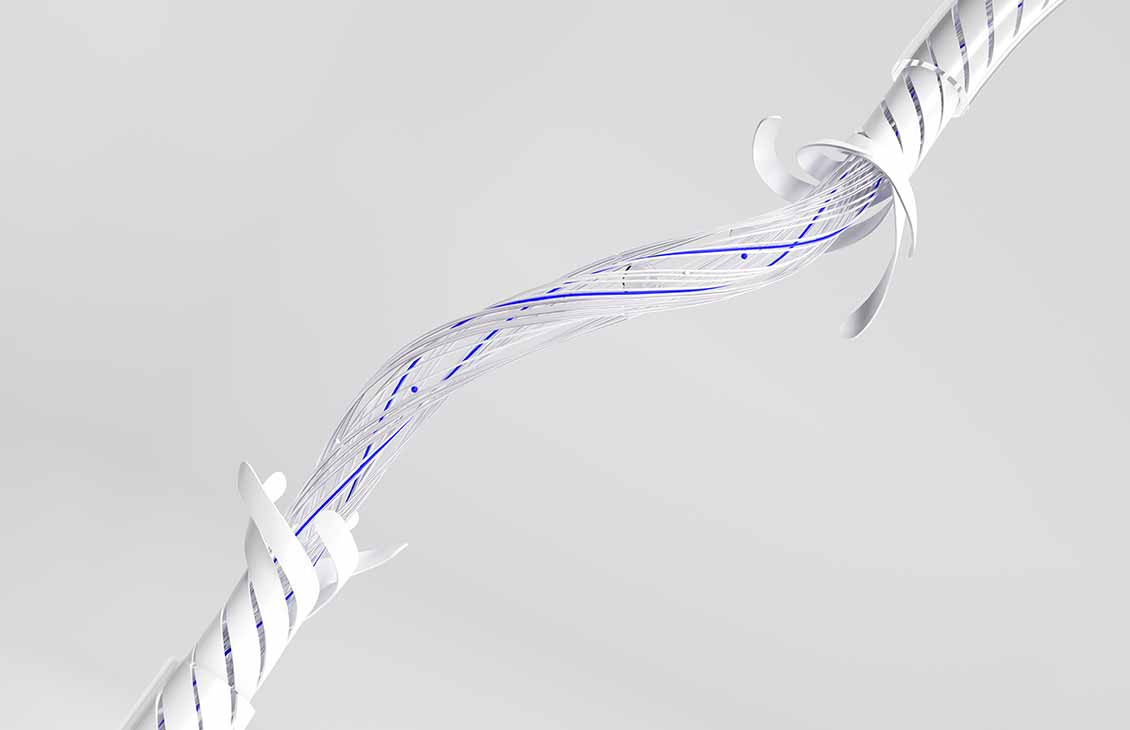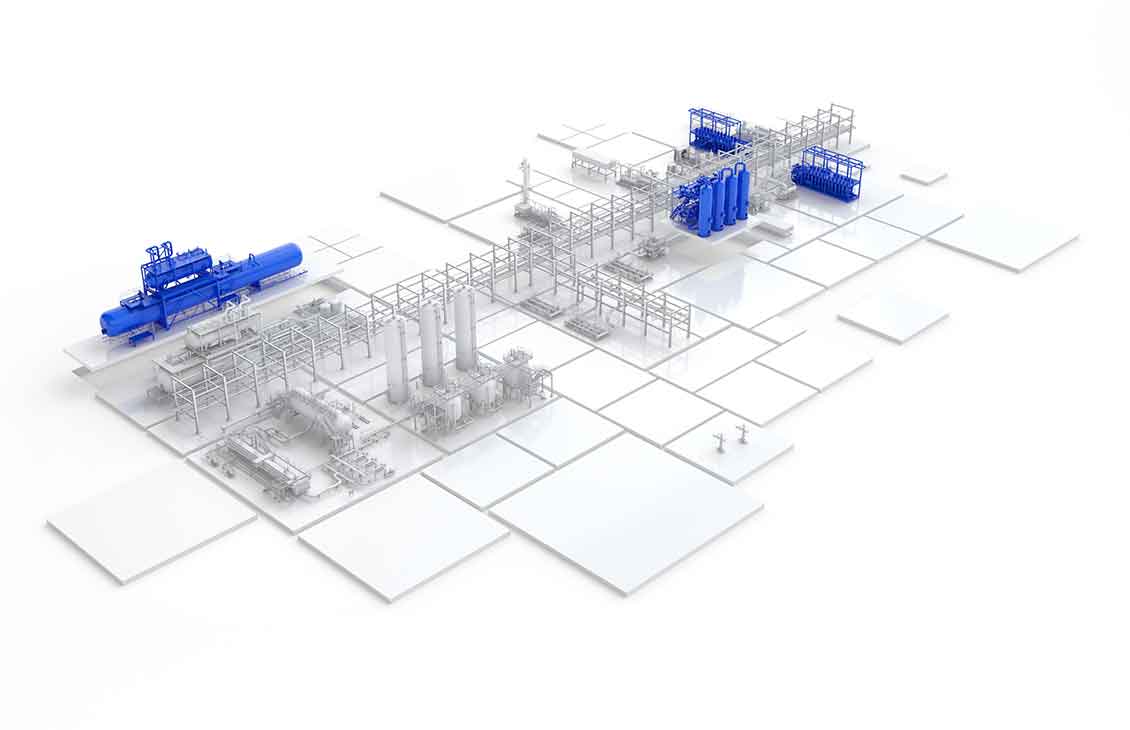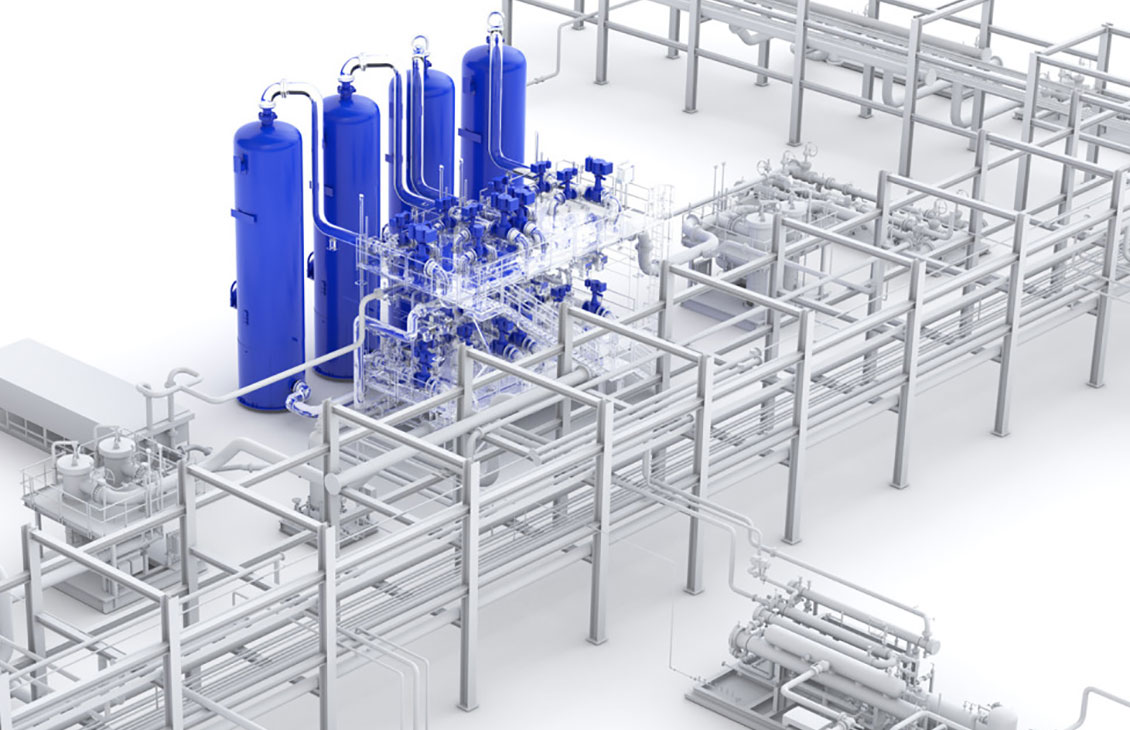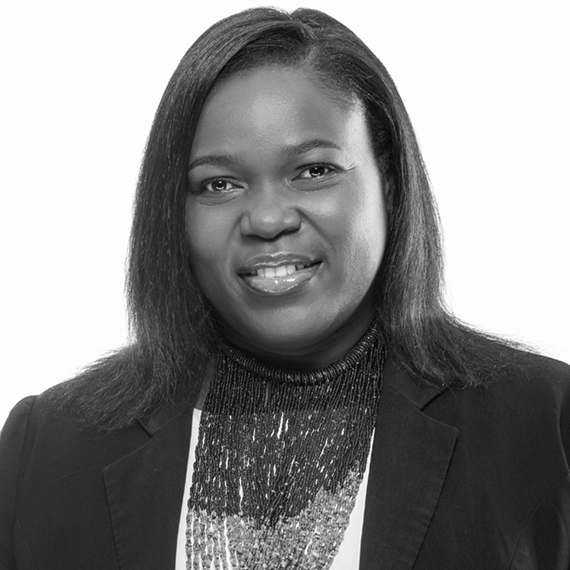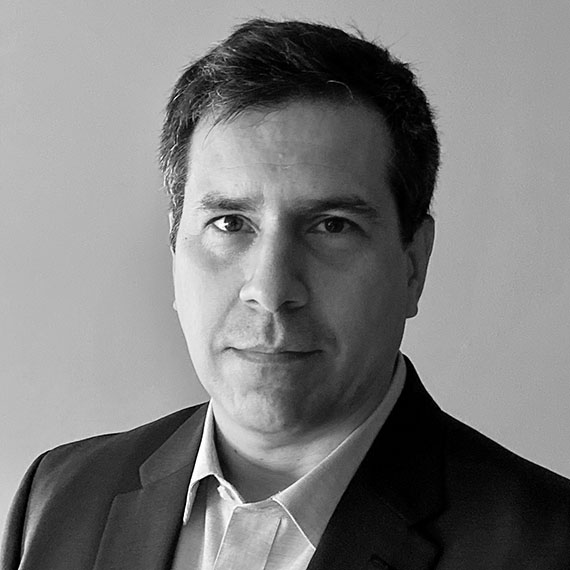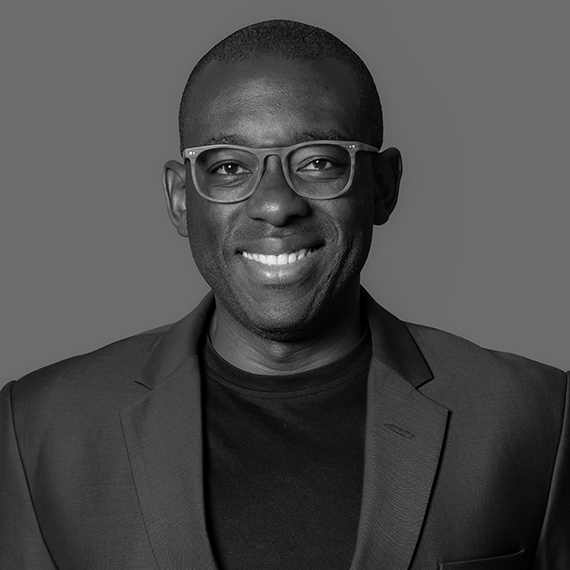Carbon Capture and Storage
Accelerate progress with effective solutions across the CCUS value chain.

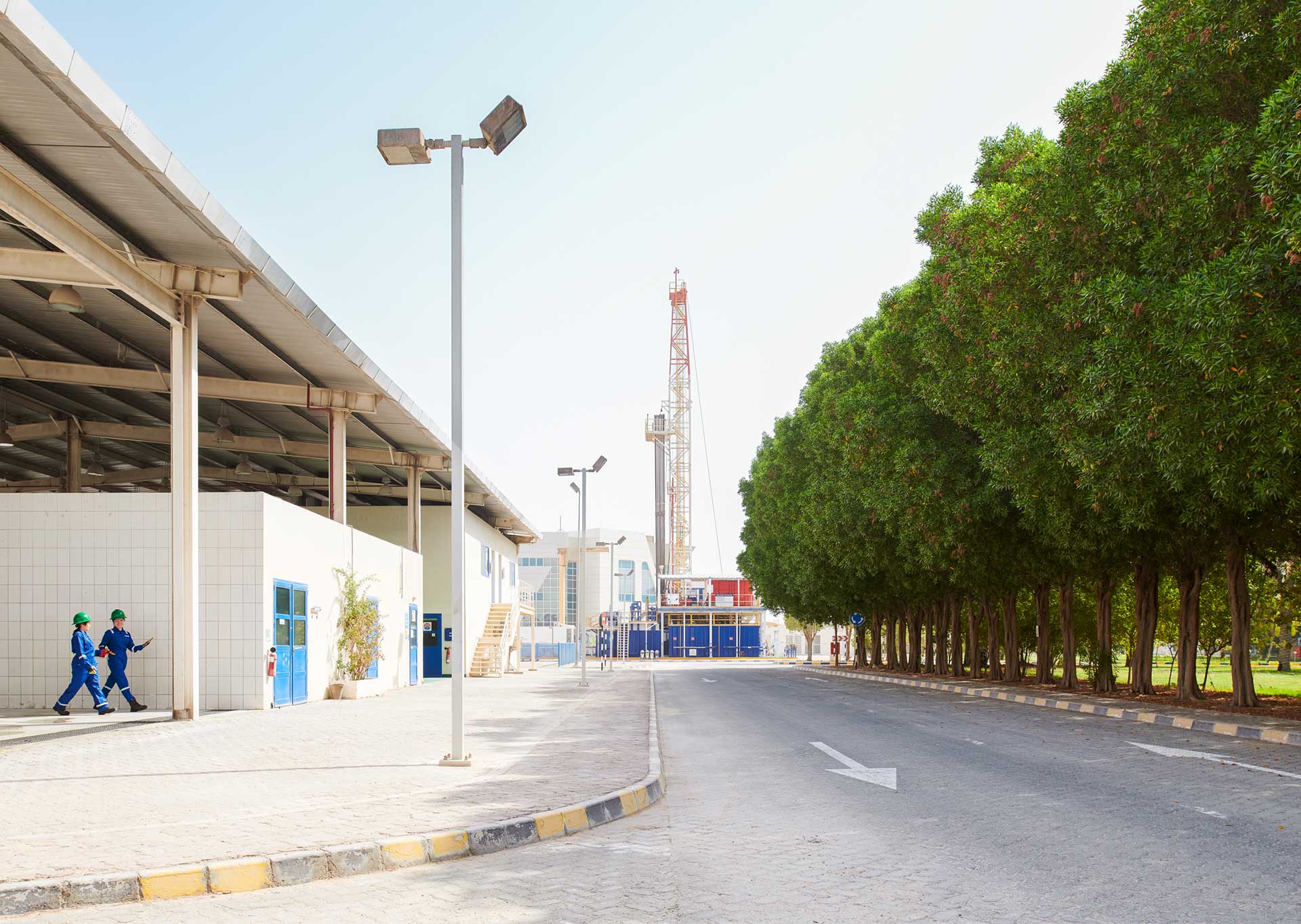
Getting to net zero with CCUS
Carbon capture, utilization, and sequestration (CCUS) is essential to reach net-zero greenhouse gas emissions. And it is one of the few decarbonization mechanisms that is technically viable today. But the challenge lies in feasibility. Often, high costs, operational risks, and complexities navigating the value chain stall CCUS project development.
There’s a path forward—and we can help.
Ensure project integrity with a trusted partner
Make things simple
Simplify processes across the value chain, from project feasibility and site evaluation to development and operations.
Minimize costs
Accelerate final investment decision. Achieve the lowest capture cost per metric ton of carbon using creative chemistry and process technology. Develop reliable sequestration sites—on time and on budget.
Mitigate risks
Ensure injectivity, capacity, integrity, and containment of long-term CO2 sequestration.
Tackle CO2 emissions with industry-leading CCUS technologies
Capture carbon. Treat the gas.
Select and design sequestration site.
Construct high-quality wells for long-term integrity.
Monitor CO2. Verify performance. Assure regulatory compliance.
Dive deeper
-

Carbon Capture
Differentiated technologies and deep expertise to optimize your carbon capture and lower costs.
-
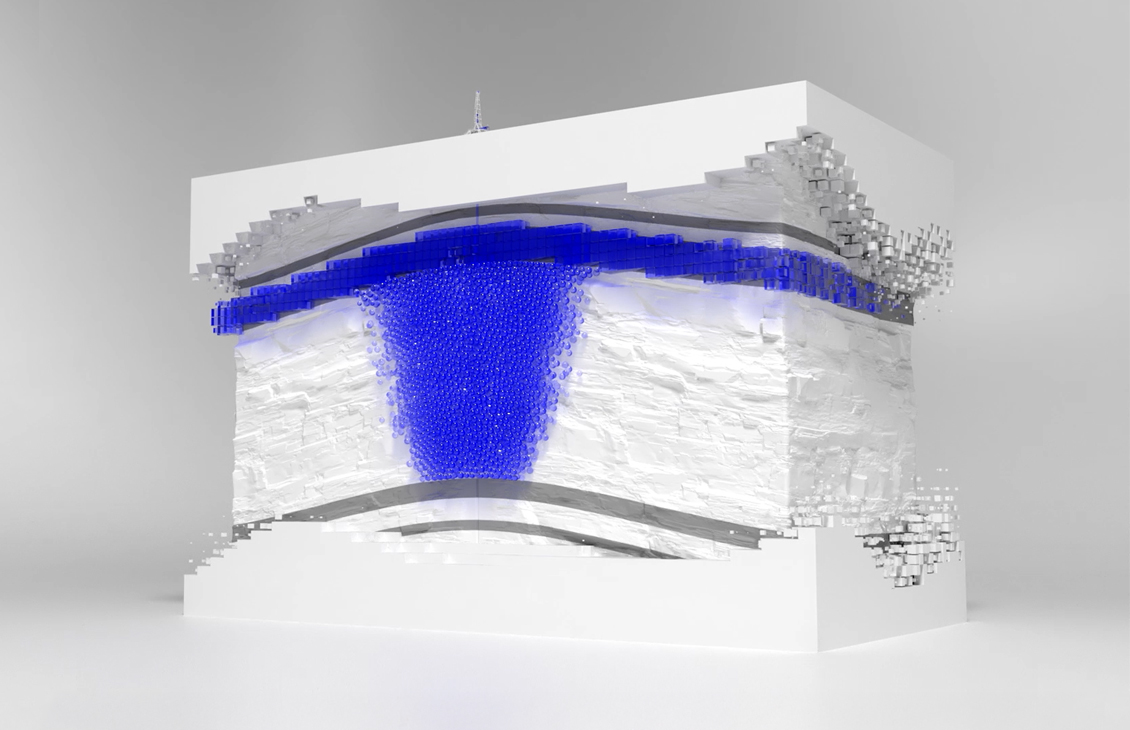
Carbon Storage
Be storage confident with Sequestri carbon storage solutionsIntegrated solutions for selecting, planning, constructing, operating, and monitoring carbon storage sites.
-

The Vital Role of CCUS
SLB’s bold approach to a practical and viable carbon abatement solution.
-

Digital Solutions for CCUS
End-to-end solutions to scale CCUS around the worldLeverage trusted technologies and proven experience to deliver end-to-end carbon capture and storage (CCS) projects.
Let’s redefine what’s achievable
See our solutions in action
Featured products and services
Step into energy’s future
Thought leaders from around the world share their vision and experiences.
-
Oil & Gas
Building Africa's blueprint for integrated energy development
Namibia is at the crossroads of becoming a regional energy hub and a driver of the energy transition in Africa.
-
Digital
Cybersecurity: The next frontier of safety in oil and gas
In oil and gas, cyber threats now pose a serious risk to physical safety and business continuity.
-
Digital
What will it take to scale AI in Africa’s O&G sector?
AI can unlock tremendous value in Africa’s oil and gas sector, but several challenges are hindering adoption.
-
Digital
A digital disruption in the energy sector worthy of the label
What does the rise of agentic AI mean for the energy industry—and all the professionals in it?
Other solutions
Production Optimization
Plug and Abandonment
Data and AI Platform
Accelerated Time to Market
Performance Assurance
Methane and Flaring Elimination
Emissions Reduction
Geothermal
Integrated Energy Solutions
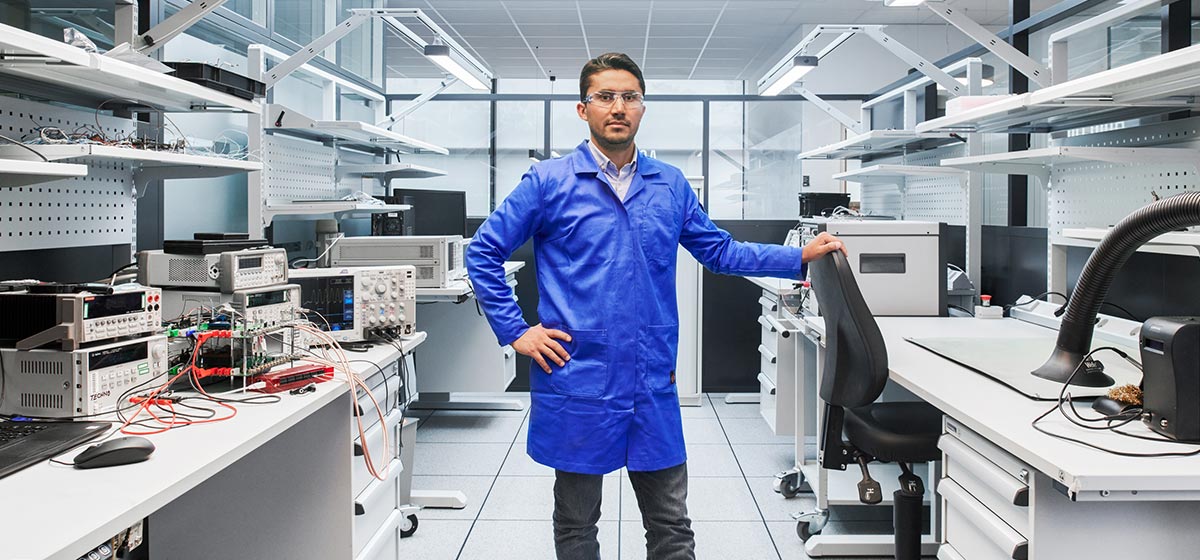
Be part of the winning team
We’re diverse and insightful, pushing the boundaries on a global stage.




